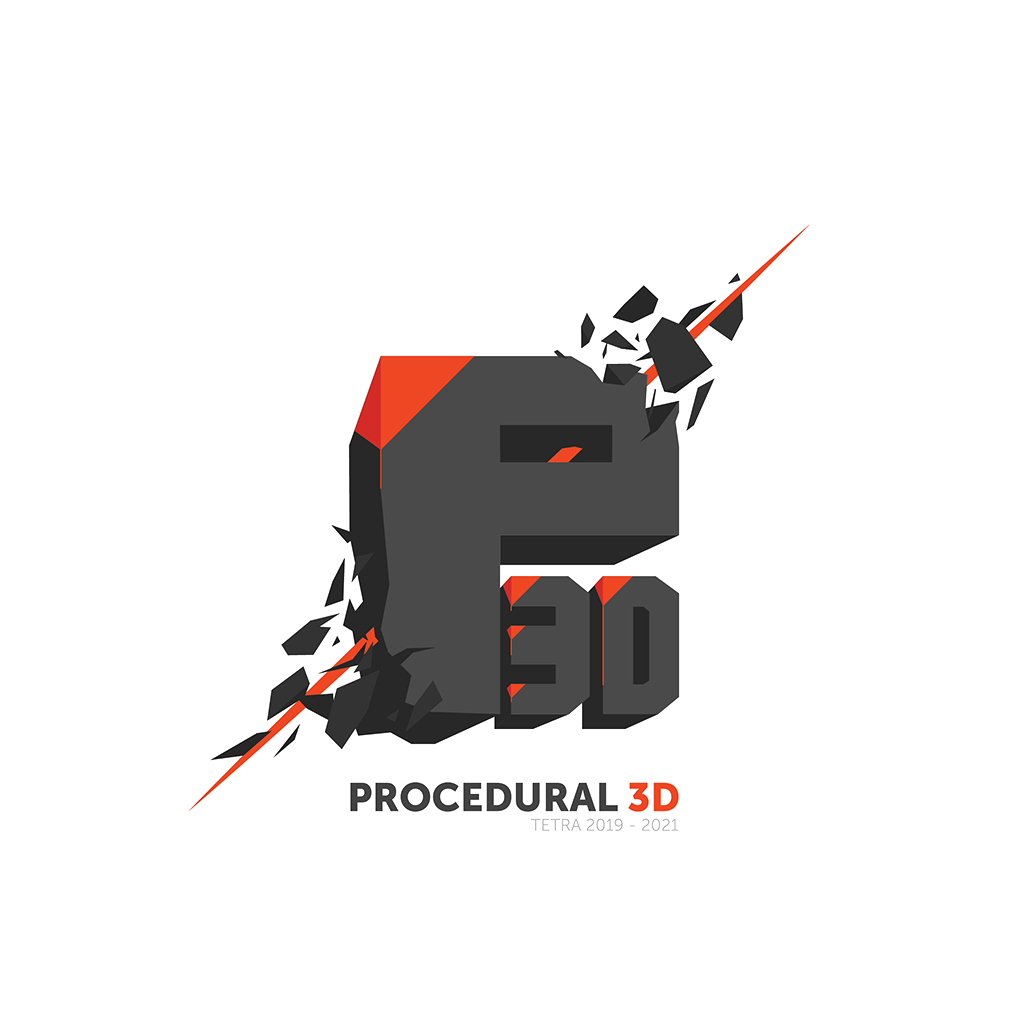Propping in the game design and VFX world is dressing up spaces and landscapes with objects. This can range from placing stones and trees in a large park to decorating an attic room with cardboard boxes and documents lying around. Placing objects in a room is still often a manual process. The procedural propping pipeline is an example of a streamlined working method that does not detract from the artistic process.
To set up the pipeline, Houdini Engine was used in Unreal. Using a tool made in Houdini, you can get started directly in Unreal. The objects are placed using points that are given a reference, which tells Unreal which object fits which point.
The placement of the points is defined with a few rules to allow for as many variations as possible without overwhelming the user with options. The user interface is adapted to the tool, so that the complexity for the end user is adapted to what one is trying to do.Throughout the case, three tools have been developed that support the same workflow. Each of these had its own advantages and disadvantages and shows how to set up the systems in Houdini and the integration in Unreal. The end result is a combination of all the tools created and researched elements, where speed, versatility and user-friendliness are central.



